Last Updated on February 28, 2024 by Vinson Lozano
Importance of Pedaling Technique Drills
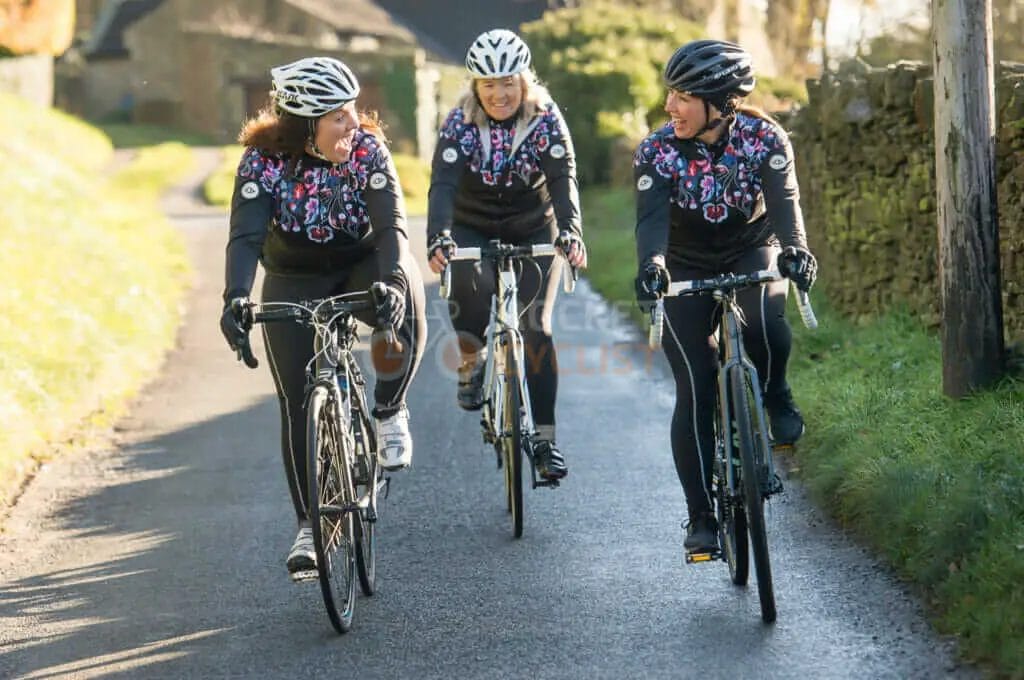
Optimizing your pedaling technique by doing specific drills is not just about looking good on the bike—it’s about enhancing your performance and preventing injuries. Whether you’re an amateur cyclist starting out, or a professional looking to refine their stroke, cycling technique drills have a major role to play.
Why Pedaling Technique is Important for Cyclists
Efficiency is the key: An efficient pedaling technique will use less energy for the same output, meaning you will be able to cycle further and faster. It’s not just about pushing harder on the pedals, but ensuring that your entire stroke is smooth and fluid. By incorporating technique drills into your training, you ensure that every pedal stroke counts.
Benefits of Improving Pedaling Technique
Greater cycling speed and endurance: By improving your pedaling technique, you can increase the power you’re able to put out on the bike. This means reaching higher speeds and sustaining them for longer.
Reduced risk of injury: A good pedaling technique will distribute the stress of cycling more evenly across your muscles, reducing the risk of straining and injury.
To give you a clear picture, here are some benefits outlined in a simple table:
| Benefits | Details |
|---|---|
| Increased Speed | By optimizing your pedaling technique, you can generate more power, thereby increasing your speed. |
| Enhanced Endurance | Improving your efficiency ensures that you’re making the maximum use of your energy, allowing you to cycle longer distances. |
| Reduced Injury Risk | Proper pedaling technique minimizes unnecessary strain on your muscles, preventing potential injuries. |
Remember, proficient pedal technique drills aren’t about radically transforming your riding overnight; it’s a progressive journey that starts with understanding. Practice the drills consistently, and you’ll see an improvement in your overall performance.
Cadence Drills
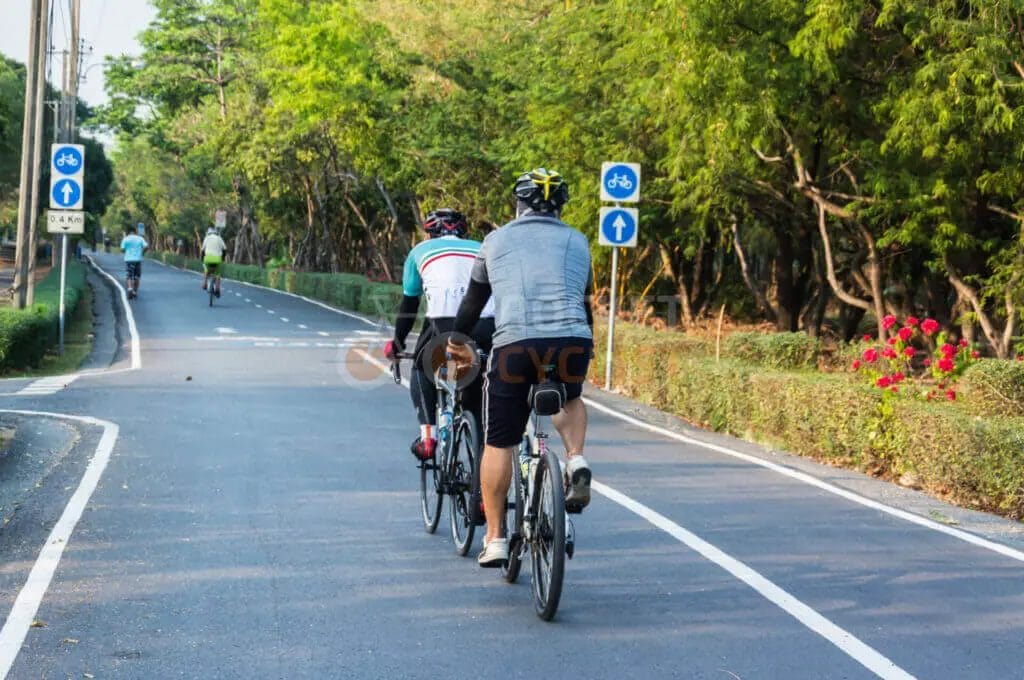
When it comes to cycling, one of the most significant elements to consider is cadence, also known as pedal rate. Cadence is measured in RPM (Revolutions Per Minute) and refers to the speed at which a cyclist pedals. By executing the right cadence drill, cyclists can improve their pedaling technique, which leads to better overall cycling performance.
Understanding Cadence in Cycling
Cadence in cycling: is the speed at which a cyclist pedals. High cadence generally results in less force applied per stroke, which can decrease muscle fatigue and conserve energy in the long run. On the other hand, a lower cadence requires more force per stroke and may increase cyclists’ power output for short bursts.
Cadence Drill Exercises
Single-Leg Drills: This exercise is excellent to develop balanced leg strength and improve pedaling efficiency. It involves isolating each leg by unclipping the other while maintaining a consistent cadence for a set time.
High Cadence Drills: These drills involve pedaling at a high RPM (around 100 – 120) for a given time. High cadence drills can improve your cardiovascular fitness and pedaling efficiency when riding at high speeds.
Tempo Drills: These drills aim to maintain a consistent cadence (70 – 90 RPM) at a moderate effort level for an extended time. This drill helps cyclists hone their ability to keep a steady pace during long rides.
Remember, different cadence zones are more suitable for different scenarios. Use these cadence drills as a guide, and adjust your cadence based on race requirements, terrain, and how your body feels. Keep practicing and experimenting to find your optimal cadence.
Single Leg Drills
In the world of cycling, one technique that consistently proves to be essential in improving cycling efficiency is the single-leg drill. The cycling technique drill of single-leg pedaling encourages cyclists to develop a smoother, more efficient pedaling stroke, ultimately enhancing overall performance.
Purpose of Single Leg Drills
The main purpose of single leg drills: is to enhance muscle coordination, improve stroke efficiency, and balance power distribution throughout the pedal cycle. It exposes weaknesses in a cyclist’s pedal stroke by forcing each leg to work independently – helping to balance muscular engagement and teaching better pedal mechanics. Overall, single leg drills can significantly help a cyclist reduce wasted energy and enhance cycling performance.
Single Leg Drill Variations
There are several ways to execute single leg drills, each with its unique focus:
- Static Single Leg Drill: This simplest form involves riding your bicycle with only one leg, while the other is kept idle, allowing you to focus on one leg at a time.
- Alternating Single Leg Drill: This drill involves alternating between each leg after a specified interval (such as 30 seconds or 1 minute). This can promote balance and train both legs equally.
- Progressive Effort Single Leg Drill: This involves increasing the intensity or speed while maintaining good form. The aim is to enhance endurance and strength over time.
Remember that while performing these drills, the key is focusing on smooth, circular strokes rather than speed or power. Patience and consistency are essential for good results.
Whether you are a beginner cyclist or an elite racer, incorporating single leg drills into your training routine can drastically improve your pedaling technique and overall cycling efficiency.
High Cadence Drills
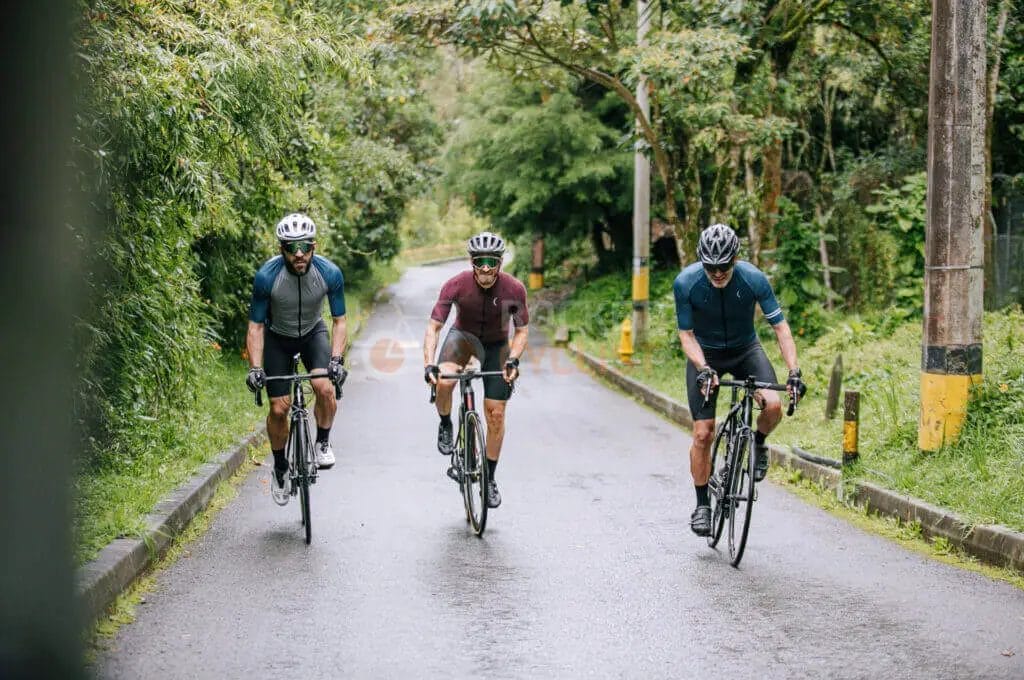
Cycling proficiency isn’t just about strength and power; it’s also about mastering the correct pedaling technique. A notably crucial aspect of pedaling technique is cadence.
High cadence drills are beneficial in improving performance on the bike and offer a variety of positive impacts including efficiency, stamina and improved recovery.
Benefits of High Cadence Training
High cadence training: High cadence cycling refers to maintaining a fast pedaling rate. It has significant benefits for a cyclist. These include:
- Keeping leg muscles from fatiguing by reducing the force from each pedal stroke.
- Enhancing your ability to handle lactic acid, beneficial for better endurance.
- Training the neuromuscular system to pedal more smoothly.
- Encouraging a constant, rhythmic breathing rate, increasing oxygen delivery to the muscles.
High Cadence Drill Exercises
Here are a few effective high cadence drill exercises:
- Speed Pedaling: This drill is about hitting a high RPM (e.g., 110-120 RPM) for 30-second intervals without bouncing in the saddle.
- One-Legged Drills: These drills isolate each leg to improve individual leg strength and can help develop a more efficient pedal stroke.
- Spin-Ups: Starting at a lower cadence, gradually increase your cadence every minute until you reach a max that you can sustain without bouncing.
A quick comparison of these exercises:
| Drill | Duration | Key Benefit |
|---|---|---|
| Speed Pedaling | 30-second intervals | Enhances speed and smoothness |
| One-Legged Drills | 1-minute per leg | Improves strength and coordination |
| Spin-Ups | Gradual increase each minute | Develops control and efficiency |
These high cadence drills can positively influence your cycling competency by improving pedaling independence, efficiency, and speed. Practicing these exercises regularly will pay dividends in the long run towards your overall cycling performance.
Low Cadence Drills
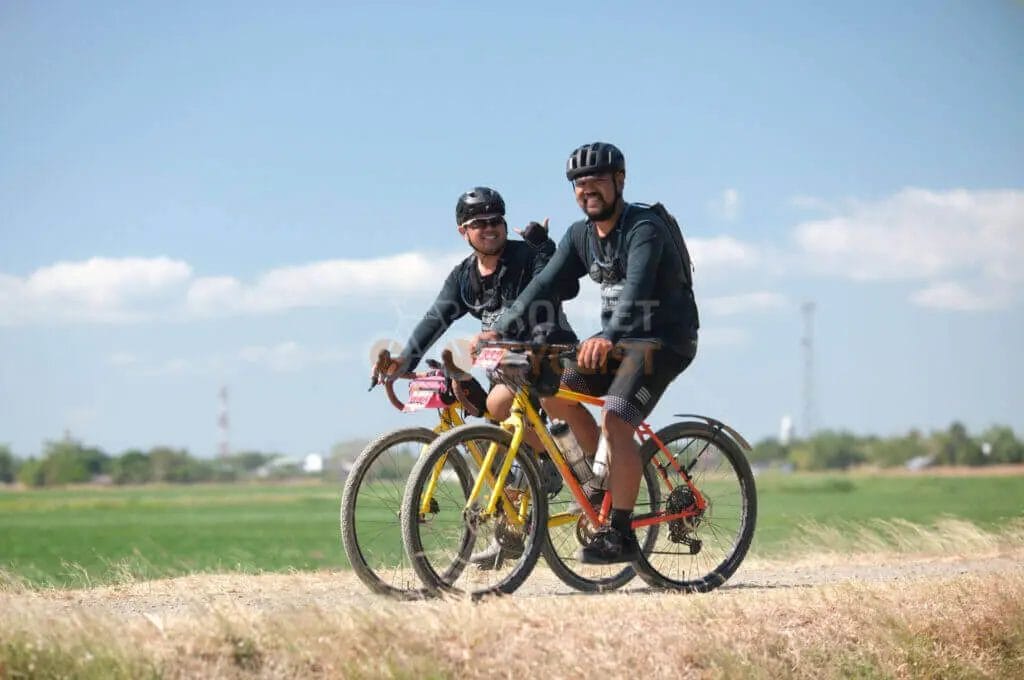
When it comes to biking, cadence is a key component of performance. Low cadence drills are a great way to improve your muscular endurance and pedaling technique.
Benefits of Low Cadence Training
Low cadence training is a widely-used technique for both professional and amateur cyclists. It fundamentally increases the strain on your muscles due to the greater force needed to turn the pedals. This can result in several benefits:
- Strength building: Lower cadence forces muscles to work harder, which helps build strength and muscle endurance.
- Pedal efficiency: Practising at a low cadence also improves pedaling technique by encouraging smooth, round strokes, reducing wasted effort.
- Better power output: Lastly, it can increase your power output during rides, which is valuable for climbing and sprinting.
Low Cadence Drill Exercises
There are a variety of low cadence drills that can be beneficial to cyclists. Here are a few examples:
Seated Hill Climbs: Find a hill with a gentle incline. Stay seated and try to maintain a low cadence (50-60 RPM) for 2-3 minutes. Rest for 90 seconds then repeat.
Standing Sprints: On a flat road or trainer, stand up and sprint with a low cadence (60-70 RPM) for 30 seconds. Rest for a minute then repeat.
Whether you’re just starting or an experienced cyclist, incorporating these drills into your training can result in substantial improvements in your overall performance. Do remember to balance these exercises with high cadence drills to develop a well-rounded pedaling technique.
Saddle Position and Pedal Stroke Drills
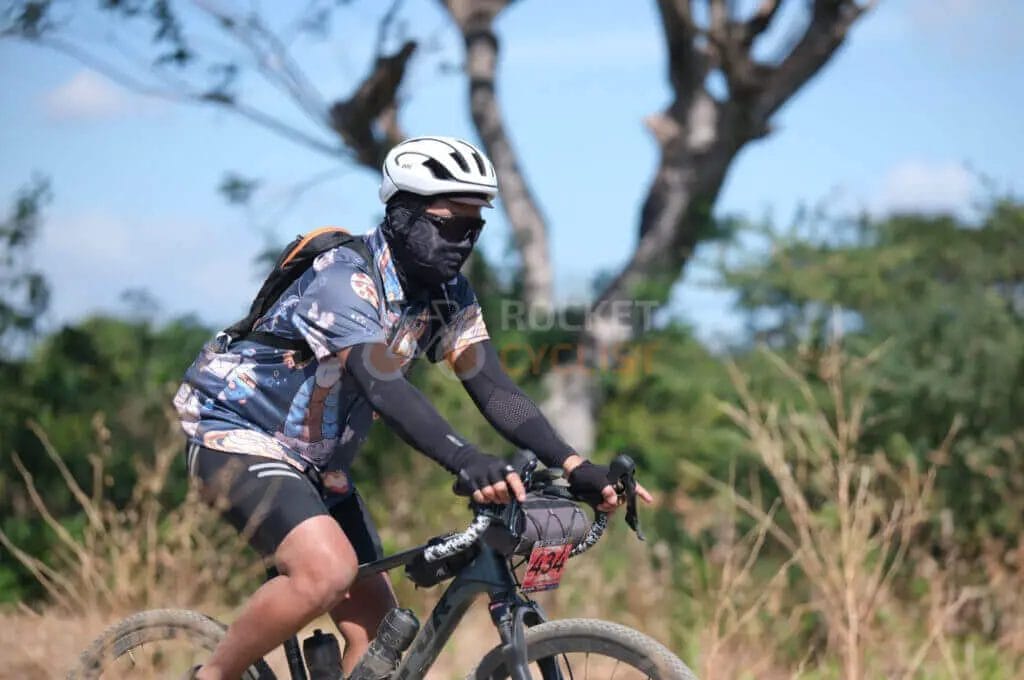
Cycling efficiency is significantly impacted by the cyclist’s saddle position and how they execute their pedal strokes. In order to achieve peak performance in cycling events or during recreational rides, one must pay attention to these areas.
Below, we will examine crucial components such as optimizing saddle position and mastering pedal stroke drill techniques.
Optimizing Saddle Position for Efficient Pedal Stroke
The cyclist’s saddle position in relation to the bike pedals holds the key to delivering powerful and efficient pedal strokes. Too high or too low a position can result in inefficient pedaling and strain the muscles unnecessarily.
Here are some steps for optimizing your saddle position:
- When your foot is at the bottom of the pedal stroke, your knee should have a slight 30-degree bend.
- Ensure your hips are not rocking side to side when pedaling. If they are, it could be a sign that your saddle is too high.
- Hips, knees, and feet should align vertically when pedals are at 3 o’clock and 9 o’clock positions.
Pedal Stroke Drill Techniques
Improving your pedal stroke will enable a cyclist to get more power output and be more efficient. Below are some pedal stroke drills that can help:
Single Leg Drills: These involve pedaling with one leg while the other is rested on the back of the trainer. This drill isolates individual leg action and helps improve stroke efficiency.
Speed Play Drills: In this drill, riders alternate between slow and fast pedaling, focusing on maintaining a smooth stroke even when changing pace.
Low Cadence Drills: These drills entail pedaling at a slow cadence but high power output. It builds strength and enhances stroke efficiency.
Proper saddle positioning and mastering pedal stroke drill techniques contribute significantly to an efficient pedaling technique.
Standing Drills
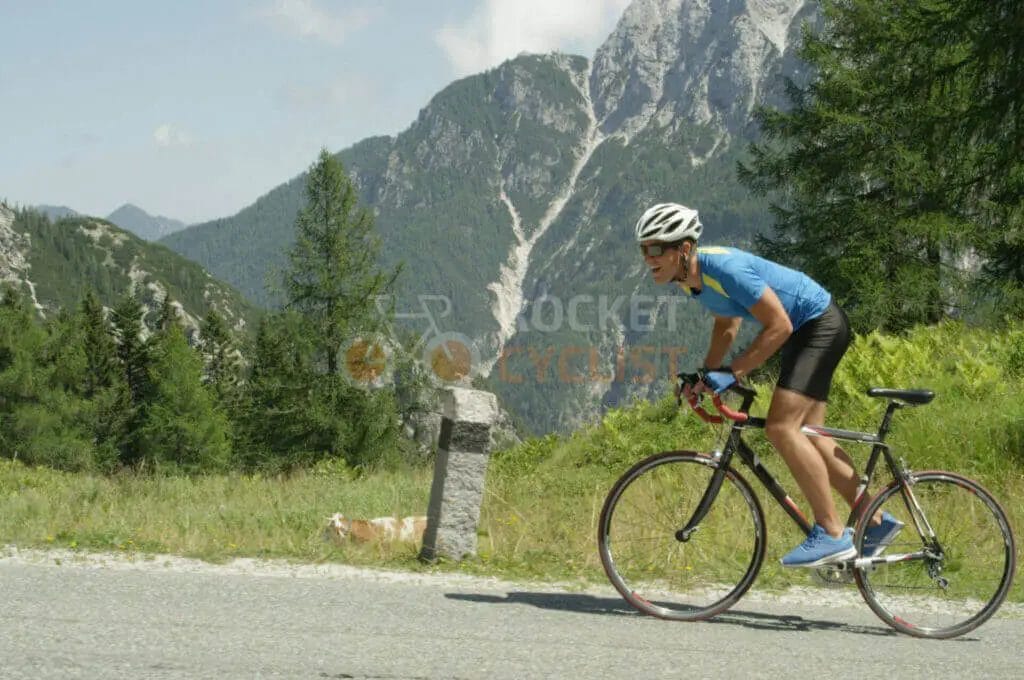
For cyclists looking to improve their pedaling efficiency, standing drills are a fantastic option. They target not only the major cycling muscles but also the auxiliary muscles that provide balance and control. These exercises are also great for improving your cycling technique.
Benefits of Standing Drills for Pedaling Efficiency
Improved pedal stroke: By practicing standing drills, cyclists can work on smoothing out their pedal stroke. This efficiency can convert to increased speed and reduced fatigue during long rides.
Enhanced muscle utilization: Standing up on the pedals uses a wider set of muscles compared to seated cycling, including core and upper body muscles. This broadened muscle use can improve overall cycling strength and endurance.
Better balance and bike handling skills: Standing drills naturally improve your balance and bike handling skills. The more proficient you become at managing your bike while standing, the more confidence you’ll gain in dealing with tricky terrain or emergencies during a ride.
Standing Drill Variations
Seated to Standing Transitions: This drill practices the movement between sitting and standing positions. Aim for smooth transitions, keeping your pedal stroke even and steady.
Out of the Saddle Sprints: This drill challenges your limits by alternating between slow, standing climbs and fast, standing sprints. It’s a rigorous workout that helps improve your overall cycling power.
Here’s a brief comparison of the two standing drills:
| Drill | Muscles Engaged | Cycling Skills Improved |
|---|---|---|
| Seated to Standing Transitions | Quadriceps, hamstrings, glutes, core and upper body | Pedal stroke, balance, and transitions |
| Out of the Saddle Sprints | Quadriceps, hamstrings, glutes, calves, and core | Speed, power, and endurance |
By incorporating these standing drills into your training regimen, you can increase your cycling capabilities and performance in 2023 and beyond.
Climbing Technique Drills
Improving your climbing technique on a bicycle can significantly enhance your cycling performance. Whether you’re a professional or a beginner, honing your climbing abilities is essential. In this section, we will focus on the efficiency of your pedaling technique and drill exercises that can help improve your climbing skills.
Improving Pedaling Technique for Climbing
Efficient Pedal Stroke: This is the basis for better climbing. In order to maintain a steady breath and conserve energy, one needs to optimize their pedaling technique. One should aim for a smooth, circular pedal stroke, applying power uniformly throughout the revolution.
Work On Your Seated Climbing: While climbing, stay seated as long as possible. This not only conserves energy but also keeps traction on the rear wheel.
Climbing Drill Exercises
Hill Repeats: Find a hill of moderate steepness that takes 2-5 minutes to climb. Start at the bottom and ride up, focusing on maintaining a consistent power output and pedaling technique. Repeat this drill several times.
Over-Under Intervals: To improve your ability to respond to pace changes during a climb, over-under intervals can be helpful. Ride at a high effort level for 2 minutes, then drop it down a bit for 3 minutes. Repeat this several times too.
Here’s a quick guide to these drills:
| Drill Exercise | Description | Effort Level | Duration |
|---|---|---|---|
| Hill Repeats | Fast uphill ride focusing on consistent pedal stroke | High | 2-5 Minutes |
| Over-Under Intervals | High effort level followed by moderately high effort level | Very High/ High | 2-3 Minutes |
Remember, repetition is key. Practice these drills several times and with frequent practice, you should be climbing those steep routes with more ease and efficiency.
Conclusion
When it comes to enhancing your pedaling technique and consequently boosting your cycling performance, regular pedaling technique drills are crucial. They not only enhance your efficiency on the bike but also help in preventing injuries. As we wind, up this informative piece, let’s take a quick review of the importance of regular pedaling drills and some final tips to perfect your technique.
The Importance of Regular Pedaling Technique Drills
Regular Pedaling Technique Drills: These targeted exercises help to fine-tune the cyclist’s pedaling mechanic, improving power output and the efficiency of energy usage. By regularly working on your pedaling technique, you can increase your endurance and competitiveness significantly while reducing the risk of repetitive strain injuries. No matter your level of expertise, regular drills will help in building a strong and efficient cycling foundation that every rider aims for.
Key Tips for Effective Pedaling Technique Improvement
Effective pedaling: It is not just about the drills you do but how you do them. Here are some essential pointers for effective pedaling technique improvement:
- Practice Smooth and Controlled Movements: Try not to be erratic in your pedal strokes. Smooth and controlled movements help to improve efficiency.
- Incorporate Strength Training: Stronger muscles translate to more powerful and efficient pedaling.
- Watch Your Position: Keep an eye on your body and hip placement. A balanced body position helps distribute power evenly over your pedals.
- Find the Right Cadence: Cadence is highly personal and can greatly affect your cycling performance. Find and train at your ideal cadence to improve your overall cycling.
In conclusion, mastering the pedaling technique enhances not only your overall performance but also the enjoyment of your rides. Keep practicing, keep improving, and most importantly, keep pedaling! Above all, remember that continual improvement is a journey and not a destination. Stick to the process, and you’ll definitely reap the benefits.


